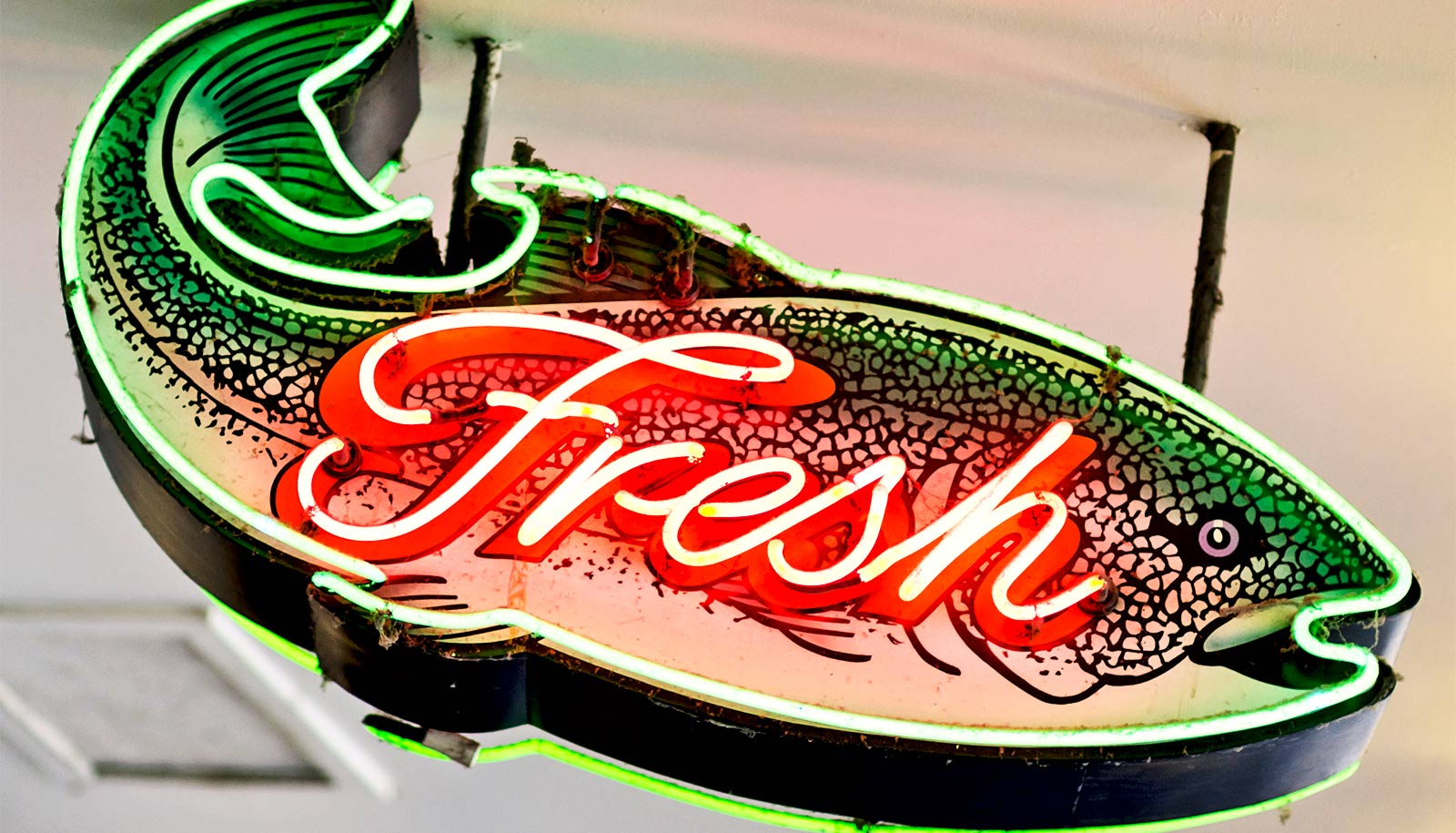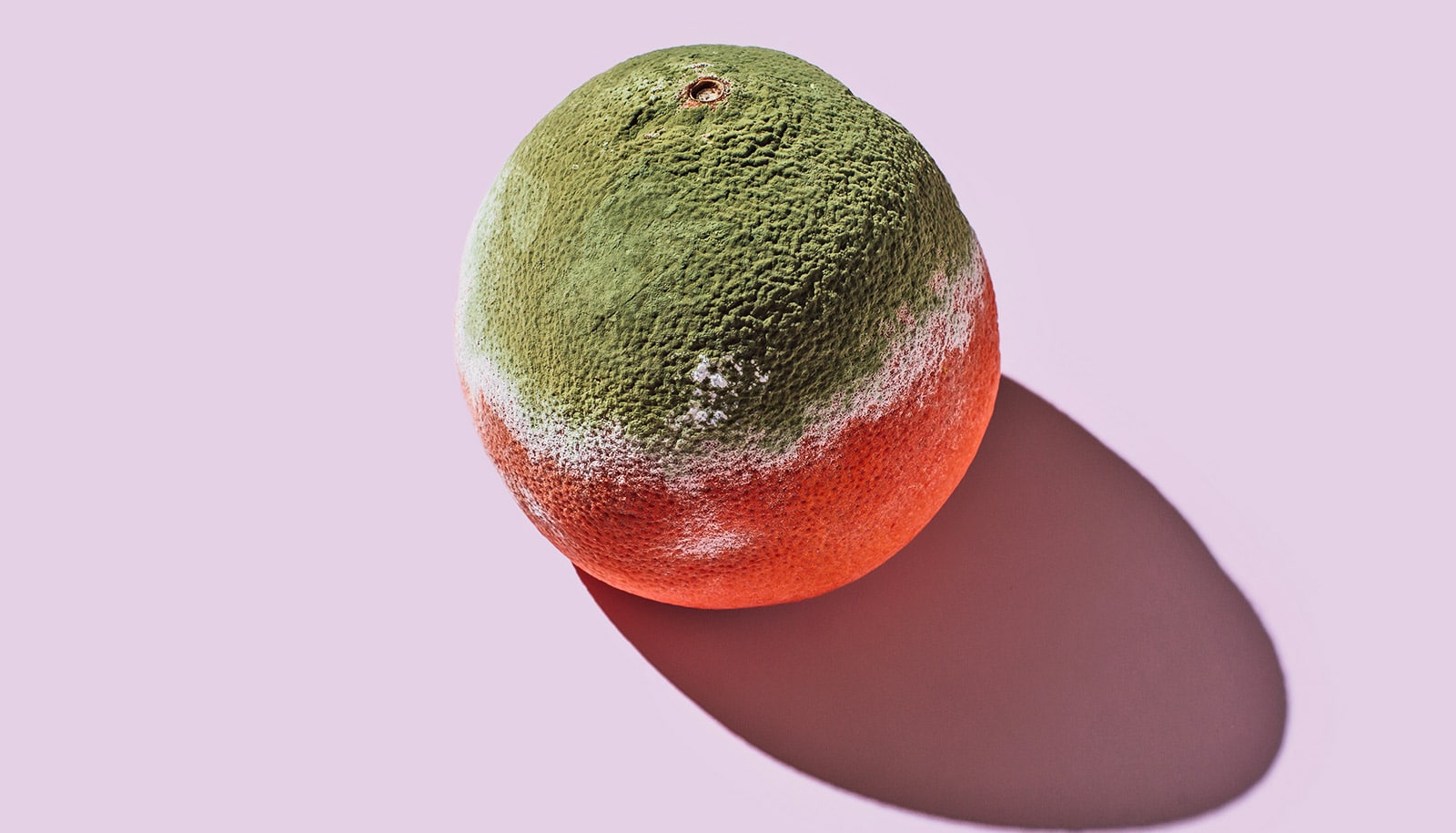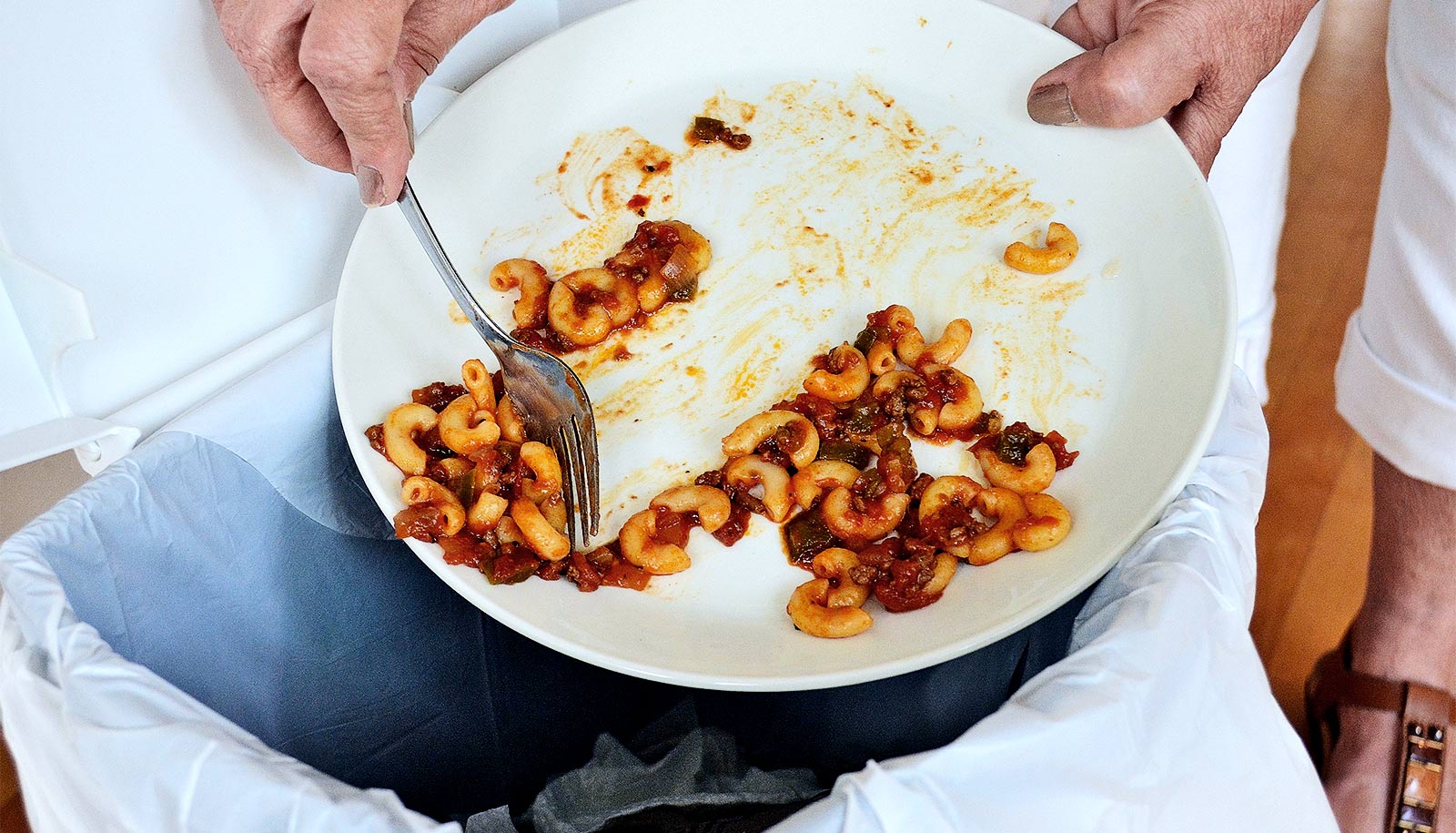A new study shows seafood food loss and waste in the United States is approximately 22.7%, a drastic decrease from previous estimates of between 43% and 47%.
The study, conducted in part by researchers from the University of Florida Institute of Food and Agricultural Sciences (UF/IFAS,) provides an in-depth estimate of food loss and food waste in the US aquatic foods sectors. Previous estimates came from the Food and Agriculture Organization of the United Nations.
“The method is the same, but the data are more detailed,” says Frank Asche, professor in the School of Forest, Fisheries, and Geomatics Sciences and a corresponding author of the study.
“The key is not the differences between the different countries, but to account for the differences of the species being consumed, and the parts of the fish are not being exported but are still being used.”
Approximately 80% of seafood consumed in the United States is imported.
The researchers conducted interviews and collected secondary data across the United States, Vietnam, Norway, and other primary producers of seafood consumed in the United States. Looking at a four-year period from 2014-2018, they estimated food loss and waste for the top 10 fish species consumed in this country: shrimp, canned tuna, salmon, Alaska Pollock, tilapia, catfish, crab, cod, clams, and pangasius, a type of shark catfish native to Southeast Asia. Previous studies neglected to account for species and supply chain characteristics.
Beyond providing an overall estimate, researchers identified where food loss and waste took place in the supply-chain process. Most happened in the primary production and the final consumption stages. When it comes to increasing sustainability and food security, the researchers believe this knowledge helps identify which areas of the supply chain may be targeted to reduce waste.
“Reducing waste is about more than just harvesting the right number of fish,” says James Anderson, a UF/IFAS food and resource economics professor and corresponding author of the study. “It’s about harvesting them well and minimizing waste. It’s about not losing quality and quantity in the process.”
Aquaculture, or farmed fish, now accounts for about 50% of edible seafood production globally, and there are opportunities to improve its resilience from factors such as disease, poor water quality, and possible pesticide contamination.
“Aquaculture is still in its infancy, so investing in things that improve its efficiency and reduce losses is reducing waste,” Anderson says.
The study also evaluated quality loss, a crucial factor in determining and minimizing food waste. Unlike the physical loss of a product, quality loss occurs when lower-quality products are sold for a discounted price, though the product can still able be used.
The study’s findings go beyond providing hope that food security is better in the aquatic foods industry than previously believed, according to the researchers. It also offers insight into methods for further reducing loss, both through regulation and consumer education.
Most seafood in the United States is purchased at the retail level and consumed at home, according to the study. Relying on food diaries, the researchers estimated a physical seafood loss rate of 8.5% at home. The most common reasons recorded were “did not want it as leftovers” at 18%, “bought too much” at 16%, and disinterest due to slimy appearance and odors at 6%.
Consumers’ “relatively low proficiency” with handling, storing, and preparing seafood may lead them to prematurely discard it, according to the study.
The full article appears in NatureFood.
Source: University of Florida



